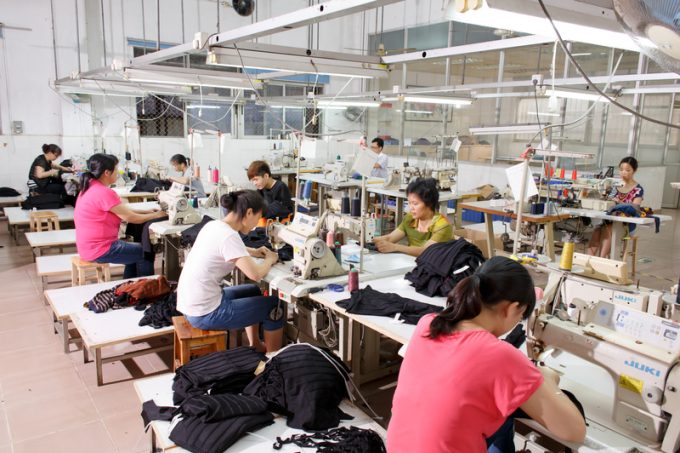Behind the numbers – how GXO's strategy stacks up
Neil Shelton on M&A, returns and outsourcing

Apparel manufacturers and brands looking to diversify their sourcing from China are likely to be faced with lower productivity, slower speed to market and greater risk, delegates at last week’s Transpacific Maritime conference in Long Beach heard.
Jane Singer, director and head of market intelligence at ...

Comment on this article